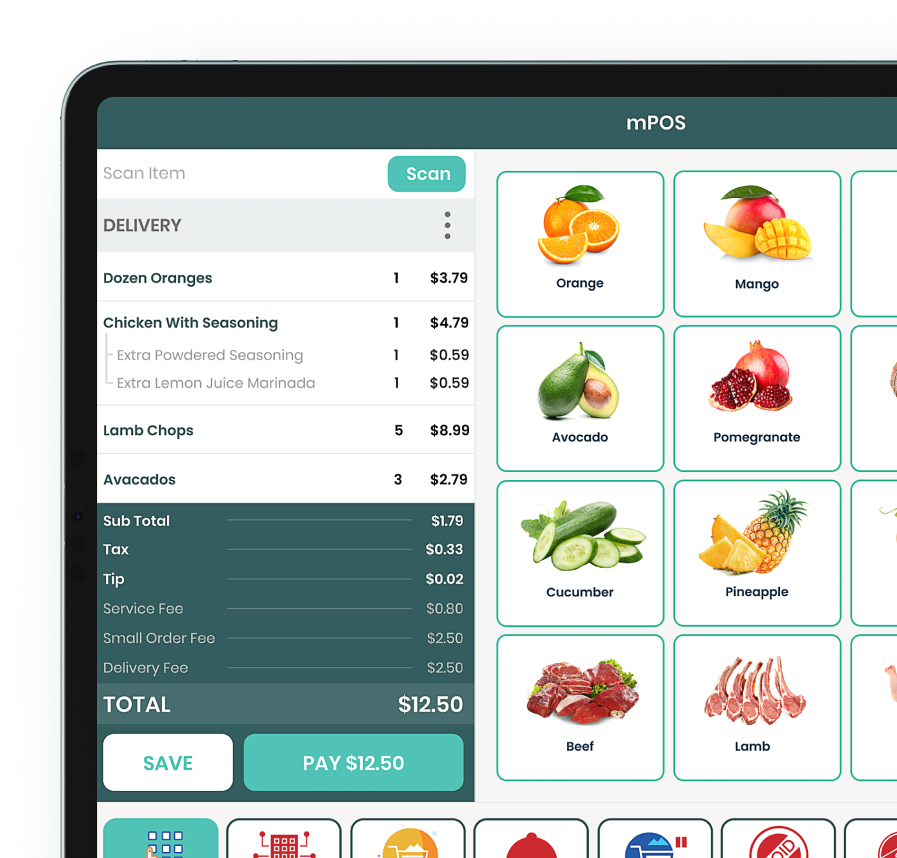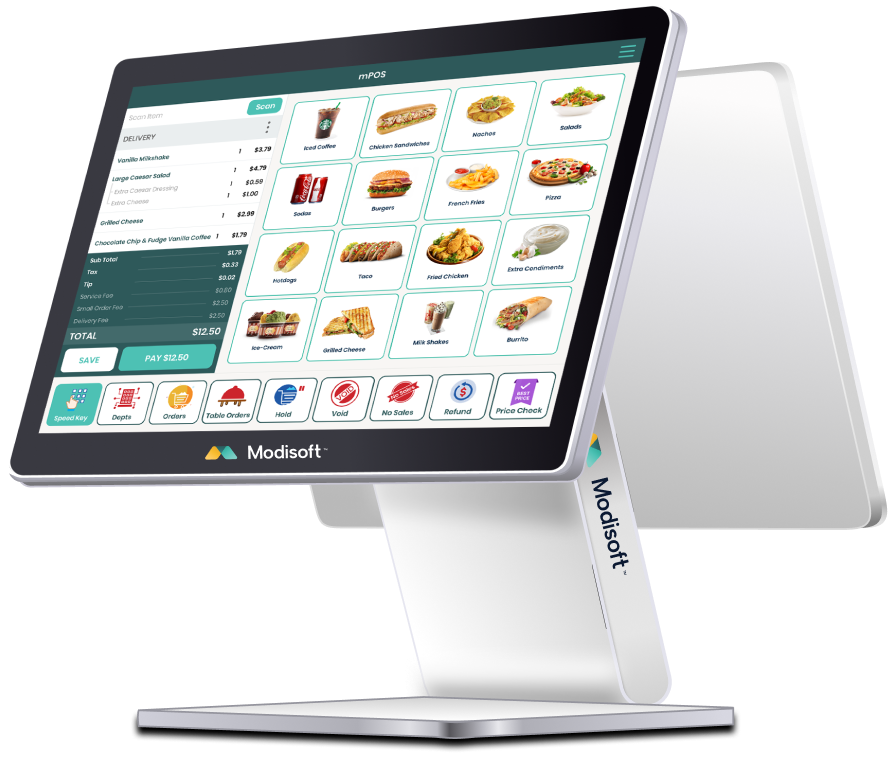Explore Our Resources
Browse helpful guides, tools, and blogs to improve your retail or restaurant business.
Guide Your Business

Most Recent Guide Post #1
Lorem ipsum dolor sit amet, consectetur adipiscing elit. In quis volutpat risus, sed maximus lectus. Lorem ipsum dolor sit amet, consectetur adipiscing elit.

Most Recent Guide Post #1
Lorem ipsum dolor sit amet, consectetur adipiscing elit. In quis volutpat risus, sed maximus lectus. Lorem ipsum dolor sit amet, consectetur adipiscing elit.

Most Recent Guide Post #1
Lorem ipsum dolor sit amet, consectetur adipiscing elit. In quis volutpat risus, sed maximus lectus. Lorem ipsum dolor sit amet, consectetur adipiscing elit.
Top Tools

Most Recent Guide Post #1
Lorem ipsum dolor sit amet, consectetur adipiscing elit. In quis volutpat risus, sed maximus lectus. Lorem ipsum dolor sit amet, consectetur adipiscing elit.

Most Recent Guide Post #1
Lorem ipsum dolor sit amet, consectetur adipiscing elit. In quis volutpat risus, sed maximus lectus. Lorem ipsum dolor sit amet, consectetur adipiscing elit.

Most Recent Guide Post #1
Lorem ipsum dolor sit amet, consectetur adipiscing elit. In quis volutpat risus, sed maximus lectus. Lorem ipsum dolor sit amet, consectetur adipiscing elit.
Featured Blogs

Most Recent Guide Post #1
Lorem ipsum dolor sit amet, consectetur adipiscing elit. In quis volutpat risus, sed maximus lectus. Lorem ipsum dolor sit amet, consectetur adipiscing elit.

Most Recent Guide Post #1
Lorem ipsum dolor sit amet, consectetur adipiscing elit. In quis volutpat risus, sed maximus lectus. Lorem ipsum dolor sit amet, consectetur adipiscing elit.

Most Recent Guide Post #1
Lorem ipsum dolor sit amet, consectetur adipiscing elit. In quis volutpat risus, sed maximus lectus. Lorem ipsum dolor sit amet, consectetur adipiscing elit.
Success Stories

Most Recent Guide Post #1
Lorem ipsum dolor sit amet, consectetur adipiscing elit. In quis volutpat risus, sed maximus lectus. Lorem ipsum dolor sit amet, consectetur adipiscing elit.

Most Recent Guide Post #1
Lorem ipsum dolor sit amet, consectetur adipiscing elit. In quis volutpat risus, sed maximus lectus. Lorem ipsum dolor sit amet, consectetur adipiscing elit.

Most Recent Guide Post #1
Lorem ipsum dolor sit amet, consectetur adipiscing elit. In quis volutpat risus, sed maximus lectus. Lorem ipsum dolor sit amet, consectetur adipiscing elit.
Guide Your Business

Most Recent Guide Post #1
Lorem ipsum dolor sit amet, consectetur adipiscing elit. In quis volutpat risus, sed maximus lectus. Lorem ipsum dolor sit amet, consectetur adipiscing elit.


Most Recent Guide Post #1
Lorem ipsum dolor sit amet, consectetur adipiscing elit. In quis volutpat risus, sed maximus lectus. Lorem ipsum dolor sit amet, consectetur adipiscing elit.






Most Recent Guide Post #1
Lorem ipsum dolor sit amet, consectetur adipiscing elit. In quis volutpat risus, sed maximus lectus. Lorem ipsum dolor sit amet, consectetur adipiscing elit.






Most Recent Guide Post #1
Lorem ipsum dolor sit amet, consectetur adipiscing elit. In quis volutpat risus, sed maximus lectus. Lorem ipsum dolor sit amet, consectetur adipiscing elit.






Most Recent Guide Post #1
Lorem ipsum dolor sit amet, consectetur adipiscing elit. In quis volutpat risus, sed maximus lectus. Lorem ipsum dolor sit amet, consectetur adipiscing elit.






Most Recent Guide Post #1
Lorem ipsum dolor sit amet, consectetur adipiscing elit. In quis volutpat risus, sed maximus lectus. Lorem ipsum dolor sit amet, consectetur adipiscing elit.
Top Tools



















Most Recent Guide Post #1
Lorem ipsum dolor sit amet, consectetur adipiscing elit. In quis volutpat risus, sed maximus lectus. Lorem ipsum dolor sit amet, consectetur adipiscing elit.



















Most Recent Guide Post #1
Lorem ipsum dolor sit amet, consectetur adipiscing elit. In quis volutpat risus, sed maximus lectus. Lorem ipsum dolor sit amet, consectetur adipiscing elit.



















Most Recent Guide Post #1
Lorem ipsum dolor sit amet, consectetur adipiscing elit. In quis volutpat risus, sed maximus lectus. Lorem ipsum dolor sit amet, consectetur adipiscing elit.



















Most Recent Guide Post #1
Lorem ipsum dolor sit amet, consectetur adipiscing elit. In quis volutpat risus, sed maximus lectus. Lorem ipsum dolor sit amet, consectetur adipiscing elit.



















Most Recent Guide Post #1
Lorem ipsum dolor sit amet, consectetur adipiscing elit. In quis volutpat risus, sed maximus lectus. Lorem ipsum dolor sit amet, consectetur adipiscing elit.



















Most Recent Guide Post #1
Lorem ipsum dolor sit amet, consectetur adipiscing elit. In quis volutpat risus, sed maximus lectus. Lorem ipsum dolor sit amet, consectetur adipiscing elit.
Featured Blogs



















Most Recent Guide Post #1
Lorem ipsum dolor sit amet, consectetur adipiscing elit. In quis volutpat risus, sed maximus lectus. Lorem ipsum dolor sit amet, consectetur adipiscing elit.



















Most Recent Guide Post #1
Lorem ipsum dolor sit amet, consectetur adipiscing elit. In quis volutpat risus, sed maximus lectus. Lorem ipsum dolor sit amet, consectetur adipiscing elit.



















Most Recent Guide Post #1
Lorem ipsum dolor sit amet, consectetur adipiscing elit. In quis volutpat risus, sed maximus lectus. Lorem ipsum dolor sit amet, consectetur adipiscing elit.



















Most Recent Guide Post #1
Lorem ipsum dolor sit amet, consectetur adipiscing elit. In quis volutpat risus, sed maximus lectus. Lorem ipsum dolor sit amet, consectetur adipiscing elit.



















Most Recent Guide Post #1
Lorem ipsum dolor sit amet, consectetur adipiscing elit. In quis volutpat risus, sed maximus lectus. Lorem ipsum dolor sit amet, consectetur adipiscing elit.



















Most Recent Guide Post #1
Lorem ipsum dolor sit amet, consectetur adipiscing elit. In quis volutpat risus, sed maximus lectus. Lorem ipsum dolor sit amet, consectetur adipiscing elit.
Success Stories



















Most Recent Guide Post #1
Lorem ipsum dolor sit amet, consectetur adipiscing elit. In quis volutpat risus, sed maximus lectus. Lorem ipsum dolor sit amet, consectetur adipiscing elit.



















Most Recent Guide Post #1
Lorem ipsum dolor sit amet, consectetur adipiscing elit. In quis volutpat risus, sed maximus lectus. Lorem ipsum dolor sit amet, consectetur adipiscing elit.



















Most Recent Guide Post #1
Lorem ipsum dolor sit amet, consectetur adipiscing elit. In quis volutpat risus, sed maximus lectus. Lorem ipsum dolor sit amet, consectetur adipiscing elit.



















Most Recent Guide Post #1
Lorem ipsum dolor sit amet, consectetur adipiscing elit. In quis volutpat risus, sed maximus lectus. Lorem ipsum dolor sit amet, consectetur adipiscing elit.



















Most Recent Guide Post #1
Lorem ipsum dolor sit amet, consectetur adipiscing elit. In quis volutpat risus, sed maximus lectus. Lorem ipsum dolor sit amet, consectetur adipiscing elit.



















Most Recent Guide Post #1
Lorem ipsum dolor sit amet, consectetur adipiscing elit. In quis volutpat risus, sed maximus lectus. Lorem ipsum dolor sit amet, consectetur adipiscing elit.
Ready to Get Started?
Speak with a POS expert and learn how Modisoft can help your business.













































